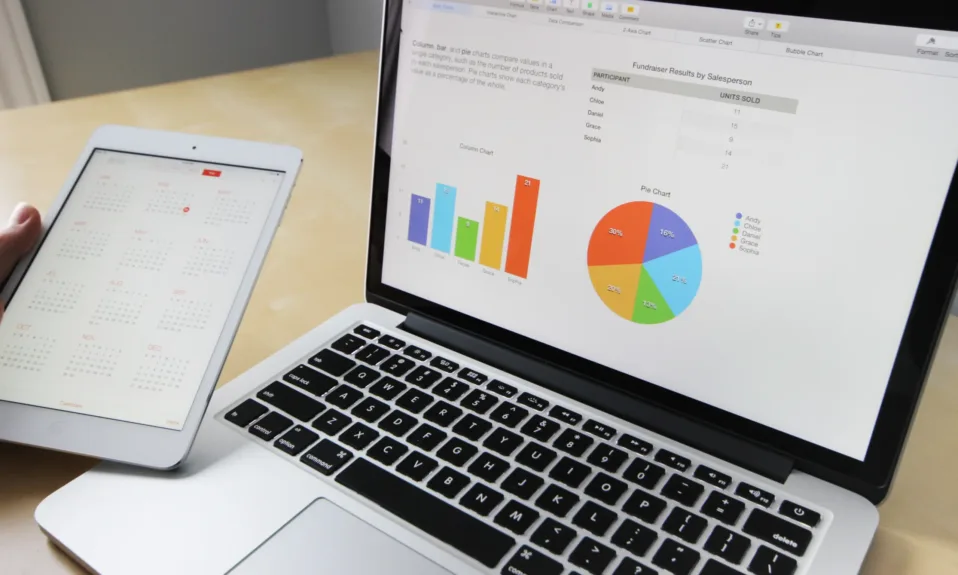In today’s data-driven business landscape, the power of information cannot be underestimated. Organizations that harness the potential of their data gain a competitive advantage and drive success. This is where Business Intelligence (BI) tools come into play. By providing valuable insights, BI tools pave the way for better decision-making, enhanced operational efficiency, and strategic planning. In this article, we will explore how BI tools can become your path to success in the modern business world.
Table of Contents
- The Evolution of Business Intelligence
- The Role of BI in Data-Driven Decision Making 2.1. Real-Time Insights 2.2. Enhanced Data Visualization 2.3. Data Integration for Holistic Views 2.4. Predictive Analytics for Strategic Planning 2.5. Empowering Business Users
- Leveraging BI Tools for Operational Efficiency 3.1. Streamlining Business Processes 3.2. Identifying Growth Opportunities 3.3. Improving Customer Experience 3.4. Optimizing Resource Allocation 3.5. Mitigating Risks and Challenges
- Embracing a Data-Driven Culture 4.1. Breaking Down Data Silos 4.2. Promoting Data Literacy 4.3. Fostering Collaboration 4.4. Encouraging Experimentation 4.5. Measuring BI Success
- The Future of BI: Continuous Innovation 5.1. AI and Machine Learning Integration 5.2. Augmented Analytics 5.3. Data Democratization 5.4. Enhanced Data Security 5.5. Mobile BI Advancements
- Conclusion
The Evolution of Business Intelligence
Business Intelligence has come a long way from static reports to interactive and real-time analytics. BI tools have evolved to meet the growing demands of businesses to access, analyze, and interpret data efficiently. Today, BI is a critical component of decision-making, strategic planning, and operational excellence.
The Role of BI in Data-Driven Decision Making
2.1. Real-Time Insights
BI tools provide real-time access to data, enabling organizations to make informed decisions in the moment, responding swiftly to changing market conditions and customer needs.
2.2. Enhanced Data Visualization
BI tools use advanced data visualization techniques to present complex data in easy-to-understand visual formats. This enhances data comprehension and facilitates faster decision-making.
2.3. Data Integration for Holistic Views
BI tools integrate data from various sources, breaking down data silos and providing a comprehensive view of business performance, customer behavior, and market trends.
2.4. Predictive Analytics for Strategic Planning
BI tools equipped with predictive analytics capabilities enable organizations to forecast future trends, identify potential challenges, and plan strategically for the future.
2.5. Empowering Business Users
Modern BI tools are user-friendly, empowering business users with self-service analytics. This reduces dependence on IT teams and enables faster access to insights.
Leveraging BI Tools for Operational Efficiency
3.1. Streamlining Business Processes
BI tools identify inefficiencies in business processes, helping organizations streamline operations and improve overall efficiency.
3.2. Identifying Growth Opportunities
BI tools analyze market data and customer insights, enabling businesses to identify new growth opportunities and expand their market reach.
3.3. Improving Customer Experience
With BI tools, businesses gain a deeper understanding of customer preferences and behavior, enabling them to deliver personalized and exceptional customer experiences.
3.4. Optimizing Resource Allocation
BI tools provide insights into resource utilization, allowing organizations to allocate resources effectively and optimize costs.
3.5. Mitigating Risks and Challenges
BI tools facilitate risk analysis and help organizations proactively address challenges, minimizing potential negative impacts.
Embracing a Data-Driven Culture
4.1. Breaking Down Data Silos
A data-driven culture promotes collaboration and breaks down data silos across departments, encouraging data sharing and cross-functional insights.
4.2. Promoting Data Literacy
Data literacy initiatives ensure employees have the skills to interpret and use data effectively, making data-driven decision-making pervasive throughout the organization.
4.3. Fostering Collaboration
BI tools encourage collaboration among teams, enabling data-driven discussions and collaborative problem-solving.
4.4. Encouraging Experimentation
A data-driven culture encourages experimentation and data-based hypothesis testing to drive innovation and continuous improvement.
4.5. Measuring BI Success
Key performance indicators (KPIs) are essential for measuring BI tool effectiveness and the impact on business outcomes.
The Future of BI: Continuous Innovation
5.1. AI and Machine Learning Integration
AI and machine learning will further enhance BI capabilities, enabling more advanced insights and predictive analytics.
5.2. Augmented Analytics
Augmented analytics will provide context-aware insights and automated data analysis, simplifying decision-making.
5.3. Data Democratization
Data democratization will become more prevalent, with BI tools making data insights accessible to all employees, regardless of technical expertise.
5.4. Enhanced Data Security
As data becomes more valuable, BI tools will implement enhanced security measures to protect sensitive information.
5.5. Mobile BI Advancements
Mobile BI will continue to advance, providing decision-makers with data accessibility and insights on their smartphones and tablets.
Conclusion
In conclusion, Business Intelligence tools are the key to unlocking success in today’s data-driven world. They empower organizations with real-time insights, enhanced data visualization, and predictive analytics, enabling better decision-making and operational efficiency. Embracing a data-driven culture fosters collaboration, experimentation, and continuous improvement.
As BI tools continue to evolve, with AI, augmented analytics, and data democratization on the horizon, organizations can look forward to continuous innovation and a competitive edge. By embracing BI tools and fostering a data-driven mindset, organizations can navigate the complexities of the modern business landscape and pave their path to success.





